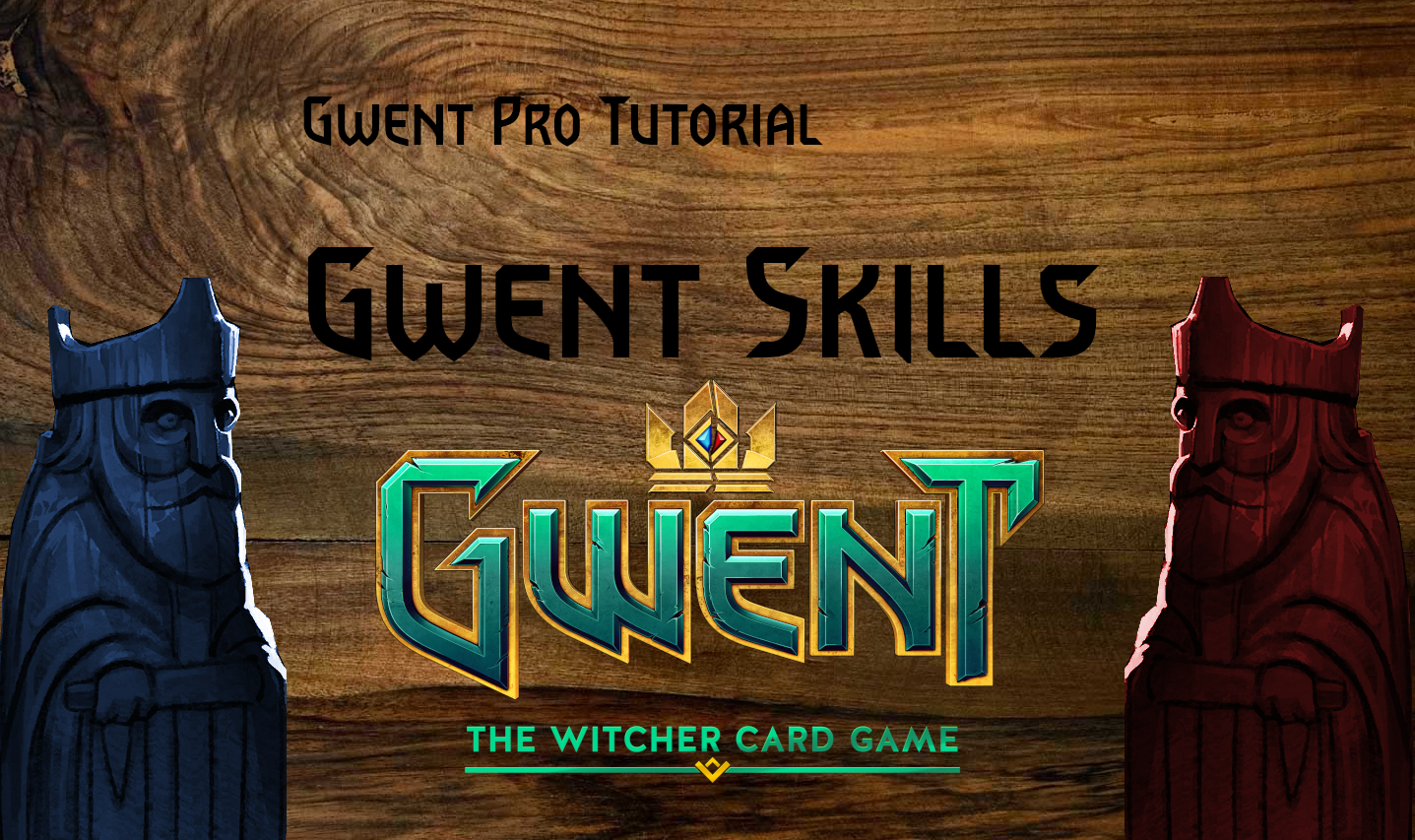Introduction
Welcome to the concluding chapter of the Gwent Pro Tutorial cycle for 2022! After many articles devoted to Gwent theory aspects, this time we would concentrate on practical skills. We would not learn them. Instead we would follow ladder and tournament play step by step and discover the ways which could provide you with the edge.
The tutorial is composed of three sections. The first two are Ladder Play and Tournament Play. In each section, 5 distinctive skills will be underlined. In the final section, the result of a poll made amongst 20 pro player volunteers will be presented. The question was to order Ladder and Tournament skills in their subjective order of importance. Enjoy!
Ladder Play
So you just sat in front of Gwent loading screen and want to start climbing the ladder. The objective would be to get closer to the ladder position you dream of at the season end in the most efficient way.
Before Joining Queue
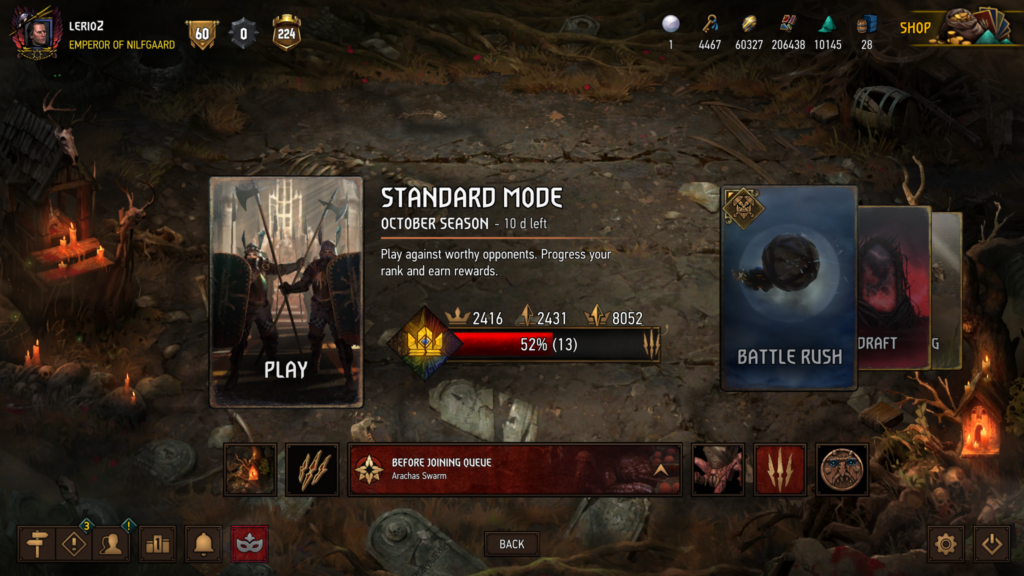
- When To Play? – Regions
In many multiplayer games, the time at which you play is important. At different hours, players from different regions are active and some regions may be way more stronger than other. In current Gwent state I believe that the difference is not this meaningful, but it may change in the future. Europe and CIS regions dominate the playerbase (Russia, Poland, Ukraine), Asia (China) is runner-up. Americas (US) are 3rd, but long way behind Europe and Asia. Let’s have a look at old graph, which indicates time of the day at which various regions play (the graph is outdated, so don’t look at absolute numbers).
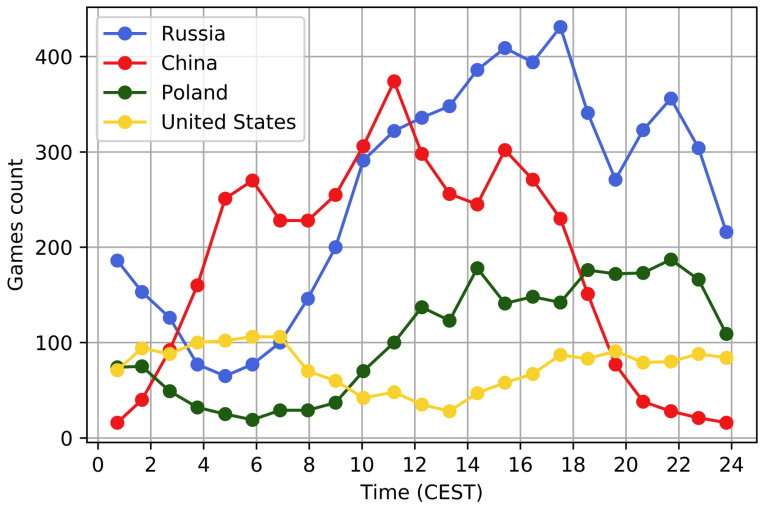
- When To Play? – Season Phase
More important than the time of the day is the stage of the season. Due to open character of the ladder and MMR inflation, early season climb is less efficient than late season. Unless the current ladder meta extremely favors some deck, the main climbing effort should be moved to last two weeks of the season. For more details read old Gwent for Geeks: Efficient Laddering article.
- When Not To Play? – Mindset
Climbing is not gambling. Playing for the sake of winning rather than for the sake of playing itself is not so easy for many gamers. After a lost game, the feeling of tilt and frustration is common. Instead of thinking about what exactly went wrong and if the deck choice was correct, player queues another game to take revenge. The feeling of frustration after last game though inhibits careful and unbiased thinking. The player ‘slides into tilt bottle’ – a long streak of underperformed games queued one after another ‘to take revenge’.
Mindset – proper mental approach, not sliding into tilt bottle, grinding loads of games with full composure and awareness when needed, deriving conclusions after lost game.
- What To Play? – Meta Recognition
Deciding on what to play stems from the knowledge of temporary meta. The more actual the information is the better. Unfortunately, the best way to learn the current meta is to play ladder, which leads to a conondrum.
There is no trackers providing stats for leaders abilties and archetypes played on Gwent Pro Ladder. Exact statistical knowledge is not accessible.
Outside own experience, the second best way of learning then is following live ladder streams (for example on Twitch Gwent category, via Discord collab, etc.). Note the fMMR range at which streamer plays – the meta could vary a lot between low and high ranking levels. At low usually more factions are played and decks are more varied. Search for decks which done really well on ladder – those are probably meta already, or would be meta soon. Also the decks used in important tournaments, like Gwent Open Qualifiers, could bring some insight.
As soon as the main decks played on factions are recognised, the available faction data, like this provided on GwentData website or here under Pro Ladder tab, starts to be easier to interpret.
Perceiving the current state of the meta, optimal deck has to be chosen. The deck expected performance would be a sum of products of matchup probabilities and winning odds.
Meta Recognition – the knowledge of current ladder state, including most successful recent metabreakers; the ability to choose the right deck at the right time.
- What To Play? – Deckbuilding And Adapting
Sometimes the best pick wouldn’t be present in common meta. It is not unlikely some ideas got overlooked by ladder mainstream. Also, especially on higher fMMRs, some tuning of main decks against the top-end meta may be beneficial.
Deckbuilding And Adapting – building own decks (metabreakers), tuning and improving the well-known ones in a proper way.
Game Starts
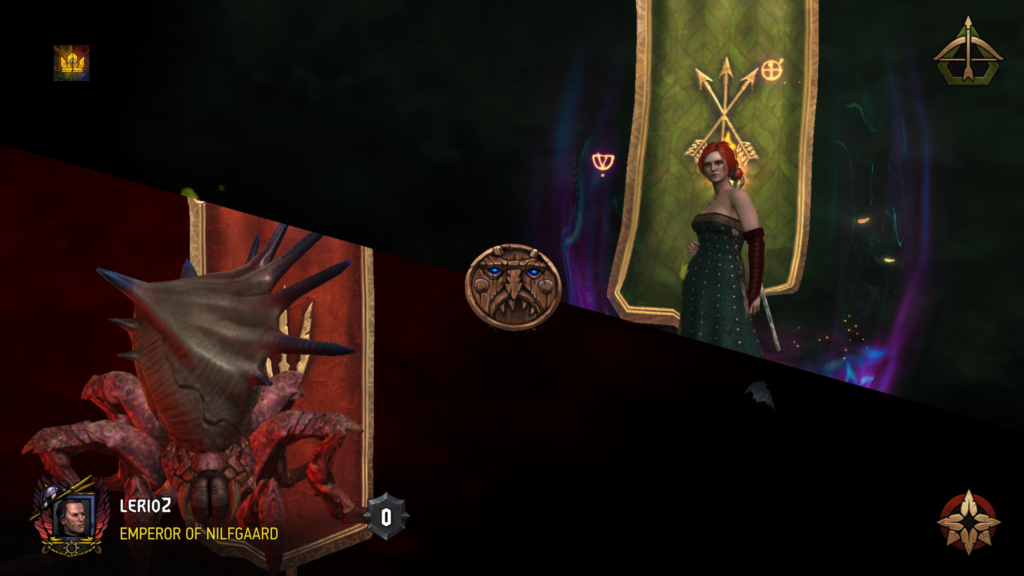
After finding the worthy opponent, coinflip and leader presentation is launched and lasts for about 8 seconds. This time should be used to predict the most probable opponent’s deck (meta recognition) as well as start to remind yourself all information about predicted matchup (matchup knowledge). It would be plausible to have predicted opponent’s list(s) before your eyes already before incoming mulligan phase.
Matchup Knowledge – the knowledge of matchups present in the meta and optimal gameplans, including typical situations and resource management during the game.
- Macrogame – skill or knowledge?
Meta Recognition and Matchup Knowledge are the main constituants of what is known as macrogame. As you could see the duel didn’t even really start yet, and one of the players could already have considerable edge by being better at this aspects. On the other hand, independent decisions made during the game, including those based on matchup knowledge, would be called microgame.
Is macrogame a skill or just a matter of systematics, deep study and hours of following of ladder gameplay and typical matchups? The answer obviously lies in-between these extremes. The ladder meta knowledge aspect would be important at the beginning to reach basic macrogame level. To reach higher level though, skill is required. Gaining knowledge means asking good questions and deriving conclusions – in both of these aspects study itself wouldn’t help.
Demarcation and TailBot are the old masters of macrogame to follow (recommend to read an excellent interview with Demarcation from August 2020). In Masters 4, Kerpeten96 is the player to follow on ladder both in macrogame and microgame aspects.
Mulligan Phase(s)
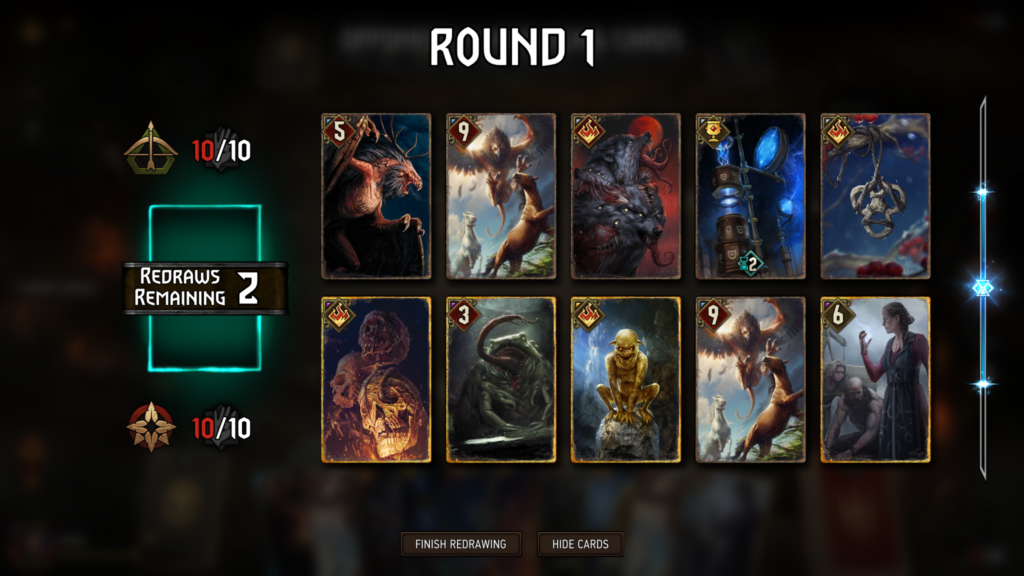
Each Mulligan Phase lasts about 40 seconds. The decisions made during first Mulligan Phase are mostly dependent on Matchup Knowledge, but Play Strength also takes a part.
Play Strength – overall gameplay skill outside matchup knowledge.
- Microgame Or Play Strength
While Matchup Knowledge answers the question of ‘what to do?’, Play Strength provides the answer on ‘how to do it?’. To keep the article brief, many skills were collected under this term. We could name just a bunch: ‘counting points’, ‘sequencing’, ‘knowledge of gameplay theory’ (like topics discussed in most Gwent Pro Tutorial articles), ‘planning ahead’, ‘assessing current position’…
Play Strength is the main focus of improvement in the long term and it is hardest to learn – without natural capabilities reaching top level of microgame may be impossible. Especially old players without mind games experience may struggle here.
While one could imagine Play Strength being developed to the degree when Matchup Knowledge is not needed – all gameplan becomes clear just after a look at predicted opponent’s deck for the first time – in practice the game is too complex. For example evaluating the outcome of a long round just by comparing two decks is prone to mistakes. It is easier to think comparatively (what scenario is better and what is worse) than to assess exact points.
Sidenote: The micro/macro skills are similar to play strength / opening theory knowledge in chess. The difference though is that in chess it is usually possible to avoid the most risky variants, while in Gwent those variants are forced right when the matchup is set. In chess the play strength is way, way more important than theoretical knowledge, while in Gwent macro and micro are close in importance. Gwent is a game more biased towards strategy than chess.
Turns
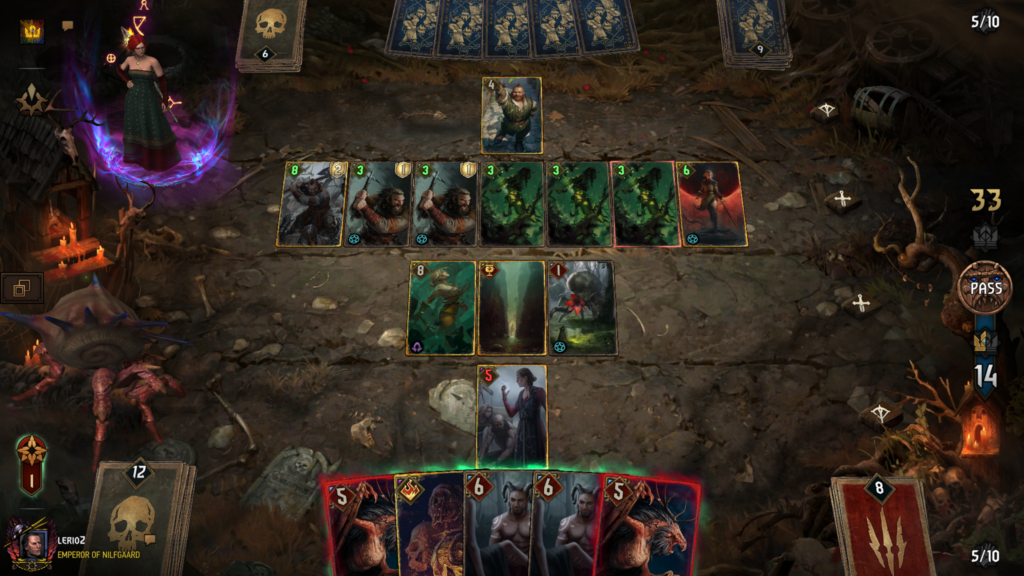
A turn in Gwent lasts 1 minute per player. After 30 seconds rope appears on screen. In case player roped out in the preceeding turn, their time gets temporary shortened to 20 seconds in the current turn – something to be aware of. One minute is a decent amount of time, but usually not enough to calculate more than one complex thing. If both players make full use of their time, the game could last about 16×2 + 2×2 = 36 minutes, which barely ever happens in practice. Usual game of Gwent would last 15 minutes or less, depending on how fast you play.
The first turns are usually more of a strategic character (macroskills relatively important) and then the game moves more into tactics (microgame), where point gap and board state are important. Unless having completely certain matchup knowledge and a common initial hand, the first turn would be devoted to finding the gameplan first, and playing a card only when the plan gets established. Similarly in Round 2 the first plays would require more matchup knowledge (to push or not to push, how to defend the bleed?…), while reacting to opponent’s plays would heavily test the play strength.
Tournament Play
In Gwent, tournament play is essentially a different experience to ladder climb. Usually taking place in Bo3/Bo5 format with a ban, Gwent tournaments require you to bring a set of 3/4 decks from different factions. Such set is called lineup. Before moving on, you may like to have look at a bit outdated, but still insightful tournament play guide from Team Aretuza. For real geeks I also recommend to check out my study on Bo3 conquest theory.
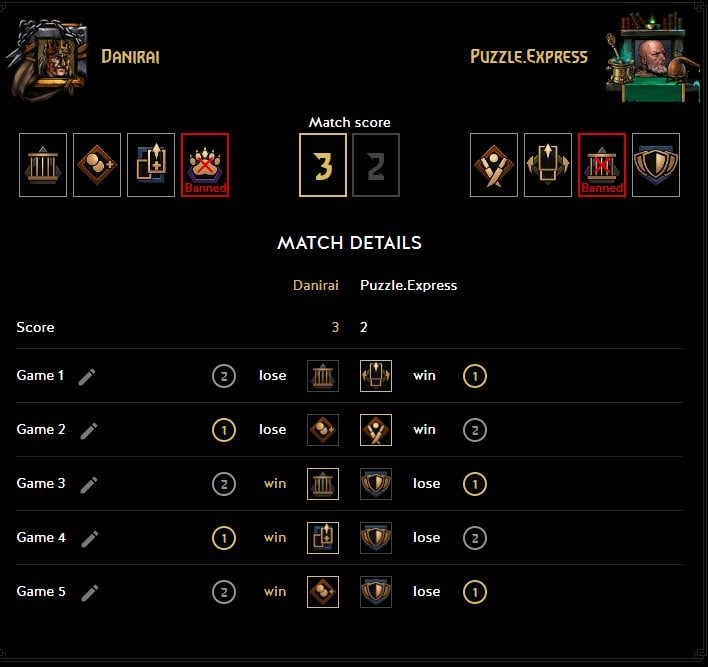
- Building A Lineup
Unlike on ladder, in the tournament setting, the battle is fought between lineups rather than single decks. Therefore a special attention should has to brought to the weakest link of own and opponent’s lineup – avoiding/exploiting such links at the design stage and during the match with proper ban and queuing.
Building a lineup of decks favored against particular deck is called targetting. Such strategy could be very beneficial when the target is found, but is hazardous and not every deck could be targetted well.
To avoid targetting, the troublesome link of the lineup could be replaced (anti-targetting).
Due to controlled coin, it is also possible to polarize the lineup with respect to coinflip – decks ‘unbeatable’ on red/blue coin are way better picks in tournaments than on ladder.
Finally, sometimes the tournament meta is too varied and hard to predict and/or best decks are safe. In such case taking the decks you find strong and enjoy to play could simply be the best approach (‘good stuff’ lineup).
Lineup Building – finding the optimal motif for the set of used decks – targetting / avoiding targetting / good stuff / coin polarized decks…
Deckbuilding – building own decks to achieve good matchups in the most efficient way; overall quality of prepared builds.
Bans & Queue Order – identifying weak links in own and opponent’s lineups, predicitng opponent’s strategy and preparing counterplan giving most chances for success.
- Matchup Study
Bringing a single deck to a tournament without recognising its matchups and optimal lines is inconceivable, let alone building whole lineup in the same way. The ability to find the best lines and assess matchups properly during tournament preparation is essential for lineup building and correct gameplay during tournament.
Matchup Study – recognising optimal lines in predicted matchups during preparation and in known matchups after decks reveal.
- Play Strength
The quality of play in the tournament is more closely related to mindset than on ladder – there is bigger pressure, every game matters and every failure deals double psychological damage. Both mental and physical endurance have significant contribution; Gwent tournaments could last whole day and it is hard to keep fresh, unbiased mind up to the last game.
Play Strength – overall gameplay skill outside matchup knowledge; here also includes endurance.
Most Important Gwent Skills
Rating Poll Results
I asked Gwent pro players to order 5 Ladder/Tournament skills (as distinguished in the article) from the most to the least important. Obviously all mentioned skills are relevant and even the ones which would appear on the last position should be improved, especially if you feel green in them.
In this section I would present the final poll results as well as showcase the answers from 6 chosen players: Pajabol, Kerpeten, Magpie, Truzky, Poisound and TailBot. The sheet with all players answers could be found here.
Ladder Play
Play Strength and Matchup Knowledge are viewed as the most important factors of successful ladder performance, with considerable lead over remaining skills.
Tournament Play
Lineup Building is recognised as the most important tournament skill by top Gwent players. It is worth noting that building concise lineup is viewed as even more important than internal optimization of decks (Deckbuilding And Adapting). The second distinctive skill seems to be Matchup Study – useful both when preparing lineup and during gameplay.
Showcase
Pajabol

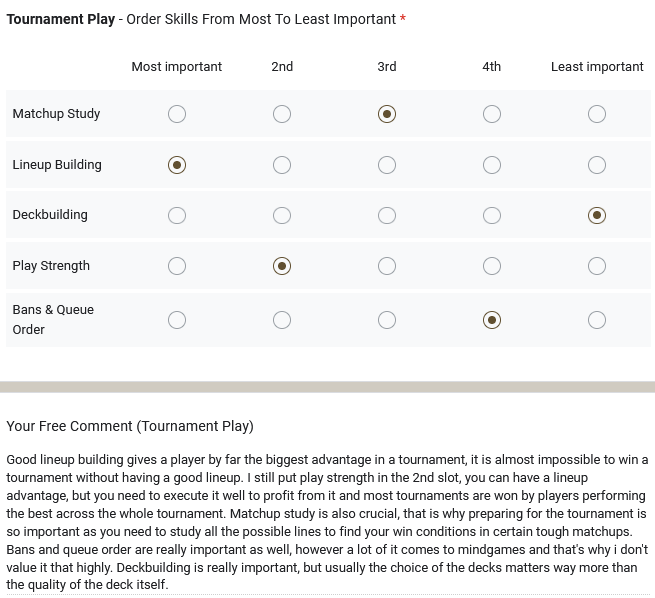
Kerpeten

Compared with Pajabol’s answers, Kerpeten seems to value Matchup Knowledge more and adaptation to current ladder state a bit less.
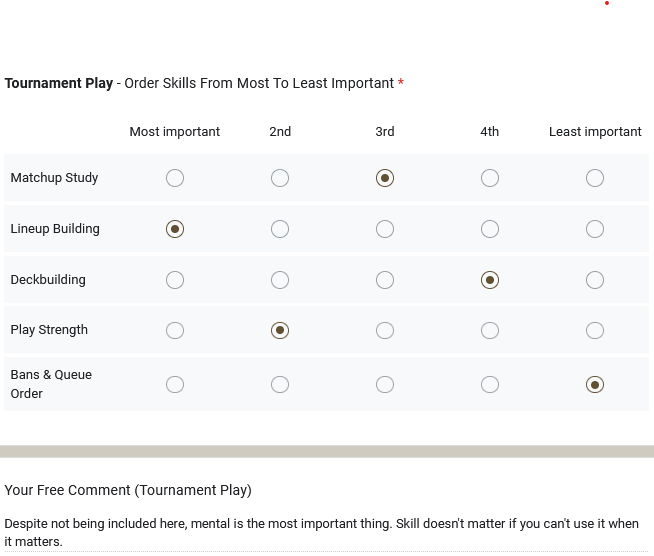
Kerpeten finds the ability to perform at the peak level in the tournament setting more important than overall skill. With respect to Pajabol’s choices, only 4&5 positions are swapped.
Magpie

Answer identical with Kerpeten’s!
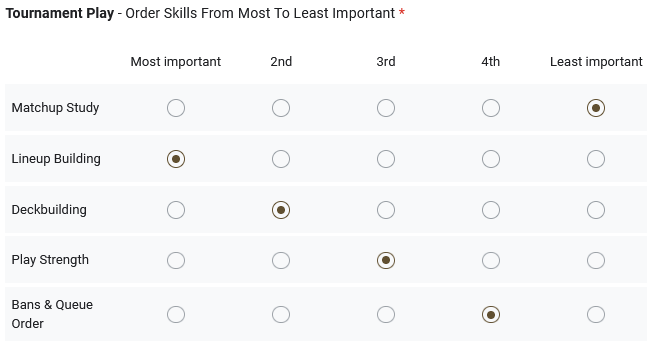
Strong bias towards deckbuilding and lineup building, with matchup study given very low priority.
Truzky
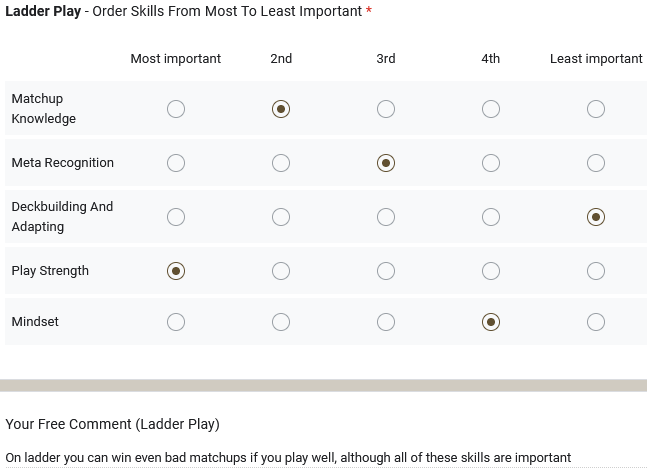
Again, very similar answer to Magpie and Kerpeten, with only 4&5 swapped. Truzky putting Deckbuilding And Adapting on the last position in the form may be surprising given how well-known piler deckbuilder he is.
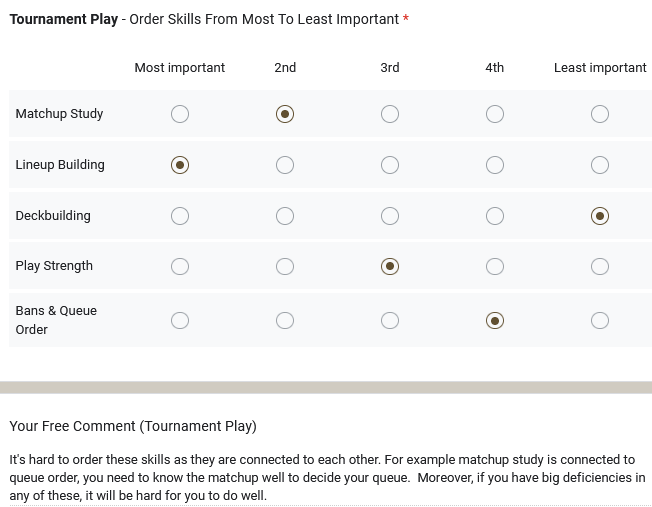
Truzky notes that the most important thing is not to fall behind in any of these aspects. Deckbuilding is put on the last position again. Very similar evaluation to Pajabol’s, with only 2&3 swapped.
Poisound
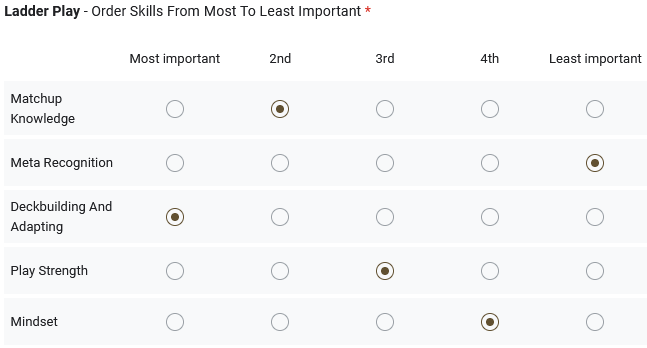
The first of showcased players who didn’t put Play Strength on top, but Deckbuilding and Adapting instead. Along with Matchup Knowledge on 2nd position, Poisound seems to value macrogame most. At the same time Meta Recognition is on the last spot, so just the superficial knowledge of current ladder state and meta synthesis should be enough to do well on ladder.
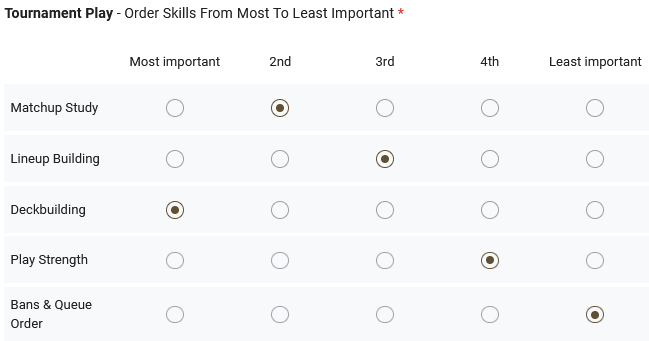
Poisound values finding and optimizing decks relatively more than the ability to build concise lineup out of them. Play Strength takes second-to-last spot.
TailBot

TailBot’s ratings are very different to the rest of the field. The skills mostly requiring talent and natural capabilities (Deckbuilding, Play Strength, Mindset) are valued higher than those gained by every season study (Matchup Knowledge, Meta Recognition). With Deckbuilding and Adapting in the first slot and Meta Recognition in the last, there is a strong belief in getting the edge over ladder mainstream in the deckbuilder. Absolute gigachad approach.
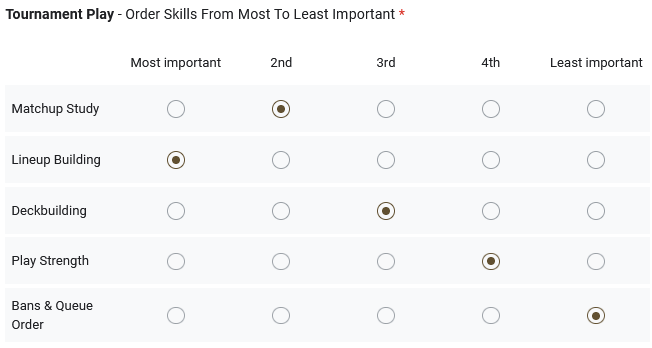
Two main picks are identical with Truzky, while the general shape of macro vs micro is similar to Poisound’s ratings. According to TailBot, the ability to build good lineup based on solid matchup study and optimized decks is more important than play strength and queue order.
Closure
Hope you enjoyed the concluding chapter of 2022 series of Gwent Pro Tutorial articles! The cycle may, or may not be continued in the next year – big thanks for all words of support and obviously to all players who contributed to this article. The topic of skill in Gwent is pretty interesting and as the poll shown, different players understand the game in a different way. Maybe your views on what makes a good Gwent player would also evolve?
This article is a welcome to own studies and self-improvement in the distinguished mastery fields. Nothing would help more than simply playing the game and deriving conclusions of what could have been improved at every stage. Good luck on the path!

